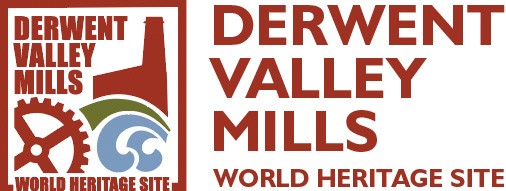M02

This is part of a heritage trail around Milford, taking in some of the key historic areas. You can find a map of the trail, and information on where to find interpretation boards containing more details on the town and its history at www.derwentvalleymills.org/milford.
The East and West Terraces
The Strutts started purchasing land in Milford in 1781. Their first acquisitions were the forges at New Mills and Makeney, and later the same year, the Hopping Hill Meadow . Apart from a few scattered farms there was little habitation and labour came from the surrounding villages. The new industries brought a demand for more accommodation to house an expanding workforce.
Back-to-back terracing
This back-to-back terrace (on your left) was built by the Strutts between 1813 and 1820. The terrace is built into a steep hill side. The east side, comprising nine double-fronted houses, is of two storeys. On the west side, the 14 houses are narrower, but with three storeys. They all share a single roofline.
The terrace is one of the most interesting of a remarkable collection of ‘Industrial Revolution’ houses in the Derwent valley. Built in blocks of five, the two facing east had two cellars each. One was for a west terrace house at ground level, such was the slope of the land. The central front-facing property had its own cellar under the scullery.
At the southern end the terrace can be approached via substantial stone steps flanked by enormous, coursed stone walls and iron posts. Each house had a garden plot divided by substantial stone walls and steps where stone-built earth closet lavatories still survive as sheds. At the north end of the terrace, a wide stone paved embanked chute from the road enabled carts to tip their loads into the yard.
More information can be found at https://www.derwentvalleymills.org/wp-content/uploads/2014/12/History_Communities_Milford.pdf

